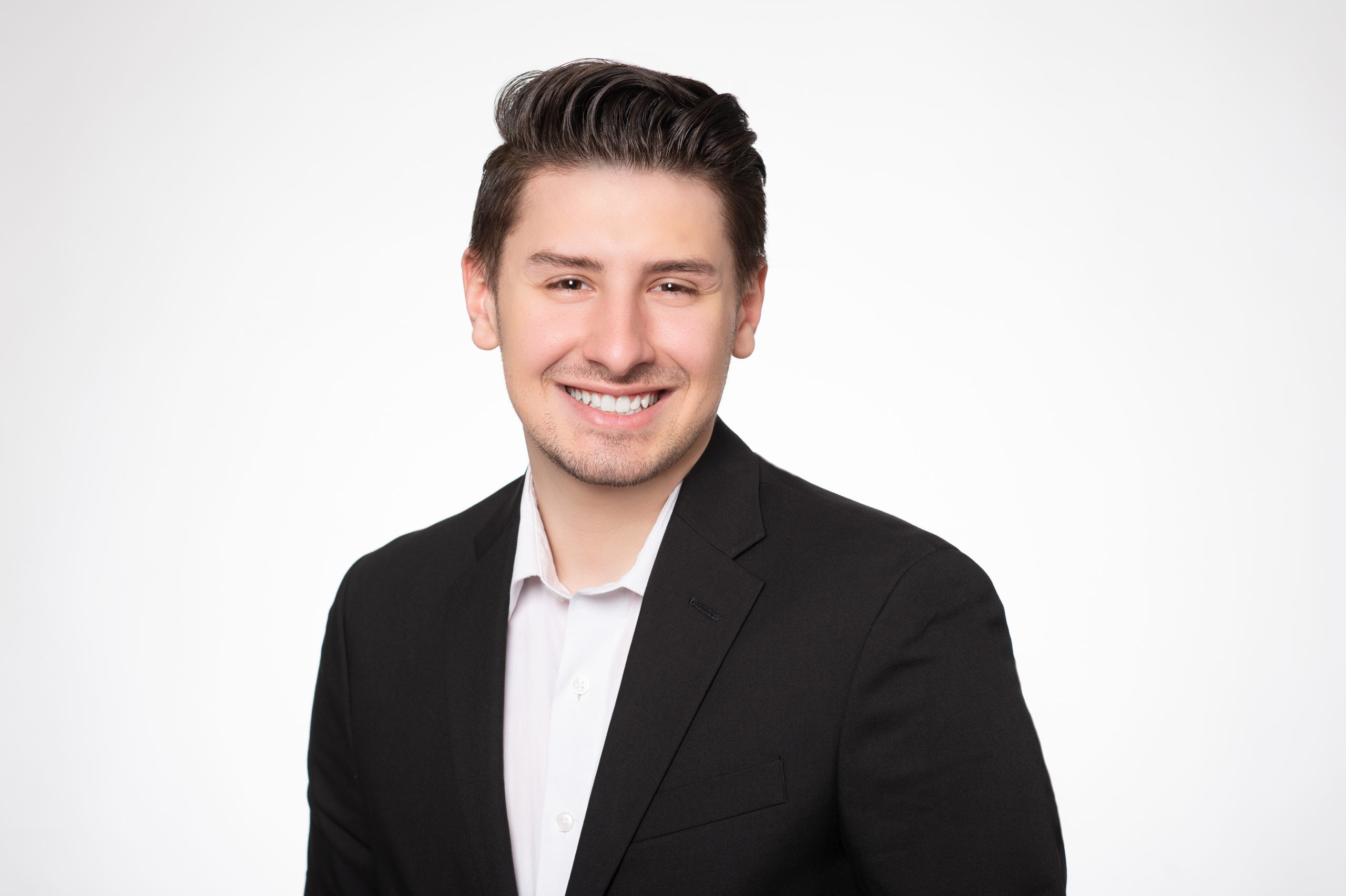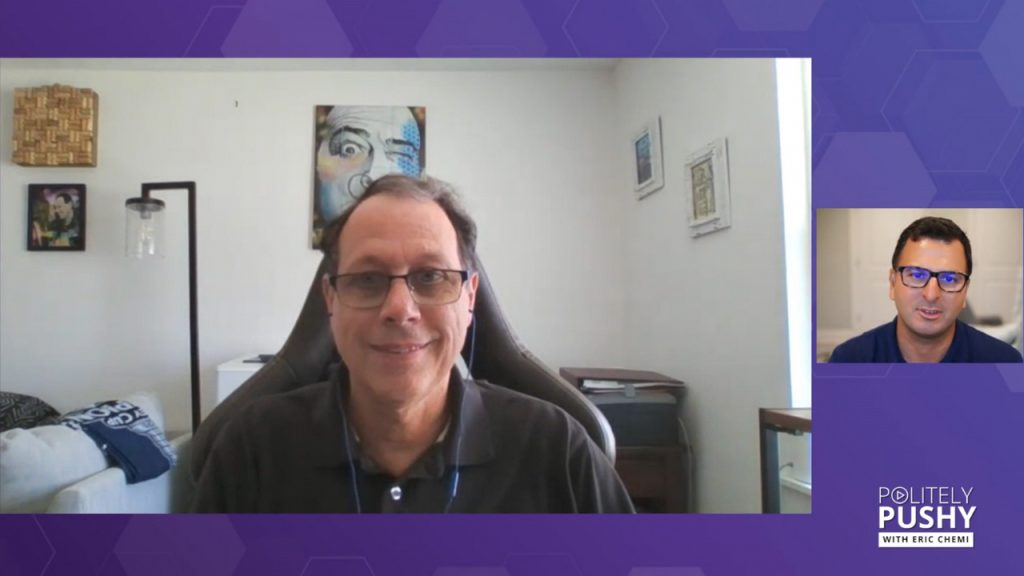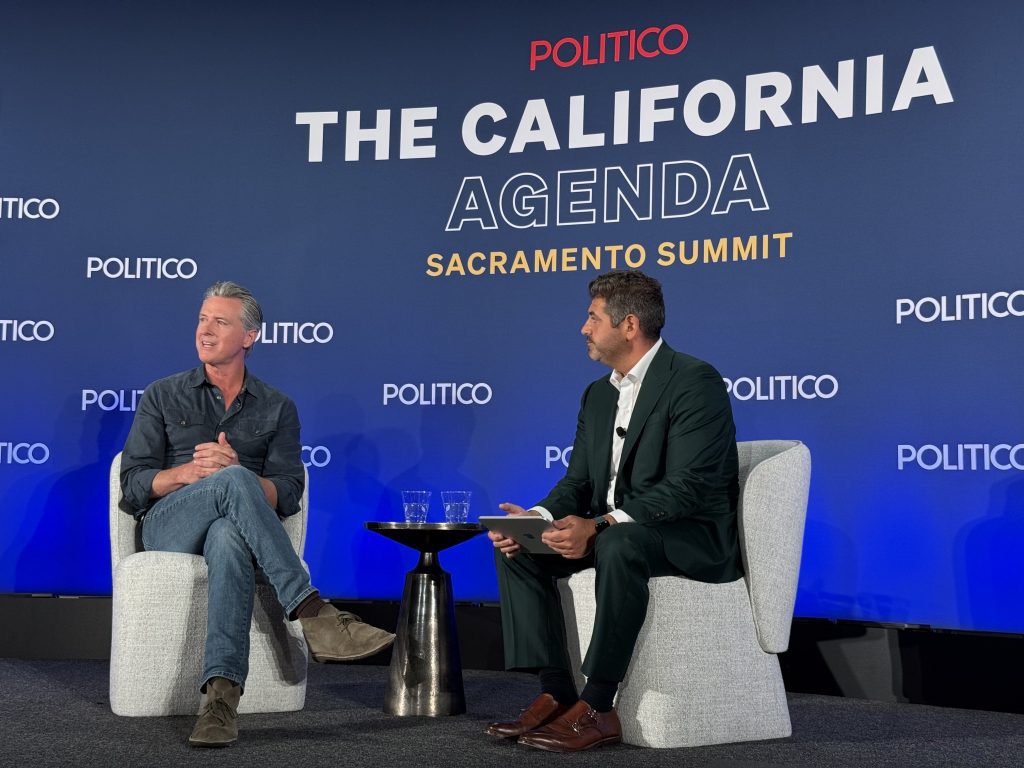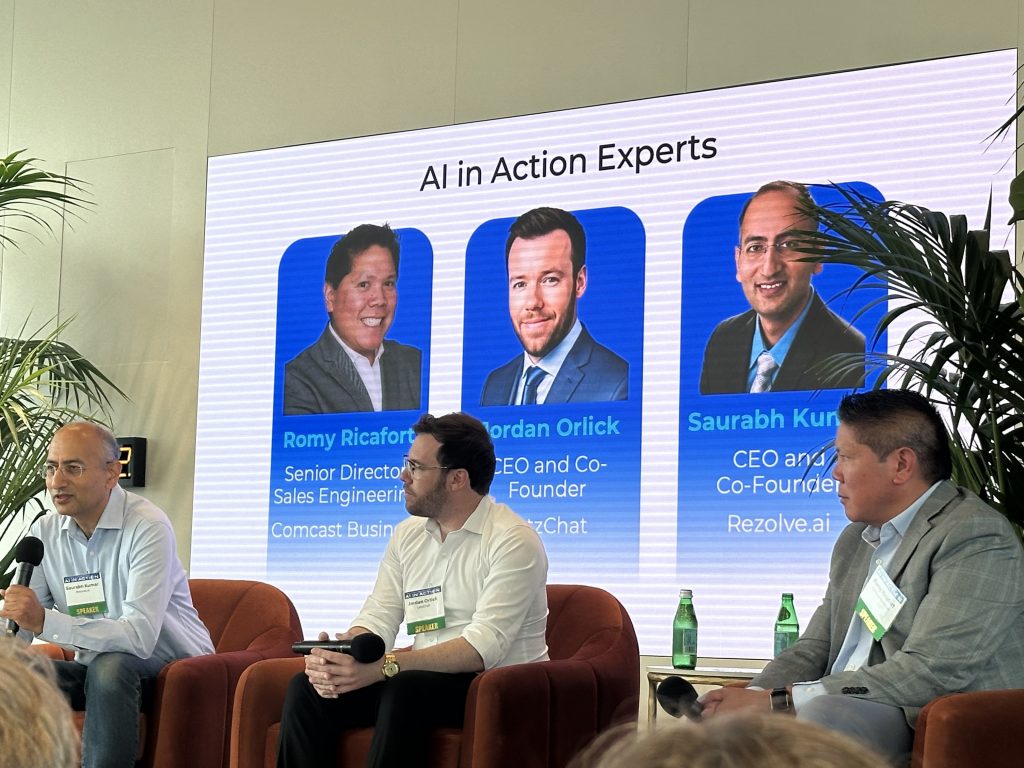
How Bospar elevated a client to national prominence in AI education debate
With millions of students relying on its AI-powered platform for personalized, on-demand academic assistance, Brainly stands at the forefront of educational technology.
Its knowledge base of over 250 million verified answers helps students worldwide tackle homework, test prep and classroom challenges.
Challenge
Amid mounting concerns over technology in education, schools across the U.S. were implementing widespread cell phone bans, arguing that phones disrupted learning. Yet for students, cell phones were often their only gateway to platforms like the client’s AI-powered app – critical tools for academic success. Simultaneously, AI was facing backlash due to increasing skepticism around its technology, leaving educators fearing it encouraged shortcuts and academic dishonesty rather than promoting learning.
The client was at a critical crossroads. Without an effective PR strategy, it risked losing relevance in a space it helped define.
The challenge was twofold: reframe AI as an empowering tool for learning and workforce readiness and position cell phones as essential gateways to education rather than distractions.
To navigate these hurdles and reclaim leadership in the national conversation, the client turned to Bospar to reshape the narrative and spotlight its role in addressing AI literacy gaps and systemic educational challenges.
Strategy
Bospar developed a bold, data-driven media strategy designed to dominate headlines and reposition the client as the leading voice on AI in education. We centered the campaign around an “AI Lesson Plan,” a powerful narrative that advocated for responsible AI use while addressing concerns about its impact in schools.
We began by leveraging proprietary research that highlighted key disconnects between students, educators and policymakers. Survey data revealed that while 56% of high school seniors acknowledged AI would play a critical role in their careers, over 30% felt underprepared due to schools’ failure to teach AI skills. Additionally, 65% of students had already experienced AI tools being banned in their classrooms, despite overwhelming evidence that AI improves confidence, reduces stress and supports learning.
Armed with these insights, Bospar crafted a narrative that redefined both AI and cell phones as essential tools in modern education. We framed AI as a critical thinking enabler that prepares students for the workforce and cell phones as indispensable gateways to learning platforms like those offered by the client. Our team targeted a combination of top-tier national outlets and regional media, ensuring maximum impact and credibility.
Campaign Results
Our team secured a major early placement with Lexi Lonas Cochran at The Hill. It was a nationally syndicated article on cell phone bans that introduced the client’s stance: banning phones deprives students of vital learning tools. This story alone was picked up by 52 outlets, generating nearly 48 million unique monthly views.
We followed this with a targeted broadcast push, successfully pitching the “AI Lesson Plan” to Eben Brown of Fox News. In a nationally aired segment, the client’s leaders articulated how AI could empower students while addressing educators’ concerns about academic dishonesty. The conversation struck a chord, with over 55 broadcast stories following the FOX coverage and viewership surpassing 48 million.
Our outreach to influential print outlets secured another major win with Ray Ravaglia at Forbes, leading to an op-ed titled “Finding a Home for AI in the K-12 Curriculum.” The article emphasized the role of AI in modernizing education, echoing the client’s call to include AI literacy alongside traditional skills like math and reading. Additional high-impact placements followed, including a piece by Nicholas Fearn at Financial Times, which spotlighted how AI reduces student stress, and a feature on District Administration’s Talking Out of School Podcast with Micah Ward, where client leaders shared how AI could teach digital literacy and combat misinformation.
The strategy hinged on timing and precision. By launching the campaign during the back-to-school season, Bospar’s PR efforts secured widespread attention, aligning the message with urgent educational issues. Our public relations professionals emphasized a “why now” hook, citing plummeting math scores and declining college enrollment rates to position AI as the solution for addressing systemic gaps in U.S. education. This strategic PR approach elevated the client’s visibility while reinforcing its leadership in AI-powered learning.
Throughout the public relations campaign, Bospar’s crack PR team expertly balanced thought leadership with hard-hitting data. By framing AI as a solution to real educational challenges—and aligning the client’s message with timely trends—we positioned it as the trusted authority on AI-powered learning.
By combining data, storytelling and media expertise, Bospar transformed the client’s challenges into an opportunity for leadership. Our strategic approach proved that Bospar doesn’t just secure coverage, we drive conversations that matter. By anticipating challenges, crafting a compelling narrative and executing with precision, Bospar positioned the client as the clear leader in AI-powered learning.

“By inserting ourselves into the conversation about AI and school policies, Brainly made headlines by being the number one AI Learning Companion.”
— Kuba Piwnik, communications director at Brainly

About the author
Nick Yacenko is an Account Supervisor at Bospar. His experience has brought him to different walks of the public relations industry, from B2B technology such as HR Tech, APIs, cyber security, web3, AI and SaaS to consumer products, lifestyle, travel, and celebrities. His experience includes publicizing pink pineapples, dartboards, waterparks, ski resorts, and top actors, athletes and artists. He has also honed his craft in analyst relations, securing countless client briefings. Nick earned his bachelor’s in Communications and his master’s in Communications and Media from Rutgers University. He resides in Northern New Jersey with his fiance and their two kittens, Mango and Simon.


